3 March 2025
Ever wondered what it feels like to be in the middle of a raging storm, caught in the path of a volcanic eruption, or helpless as an earthquake shakes the ground beneath your feet? Disaster simulators offer a front-row seat to nature’s fury without the real-life consequences. These games are not just about chaos; they’re about survival, strategy, and staying calm when everything around you is falling apart—literally. Let’s dive into the world of immersive disaster simulators and see what makes them so gripping.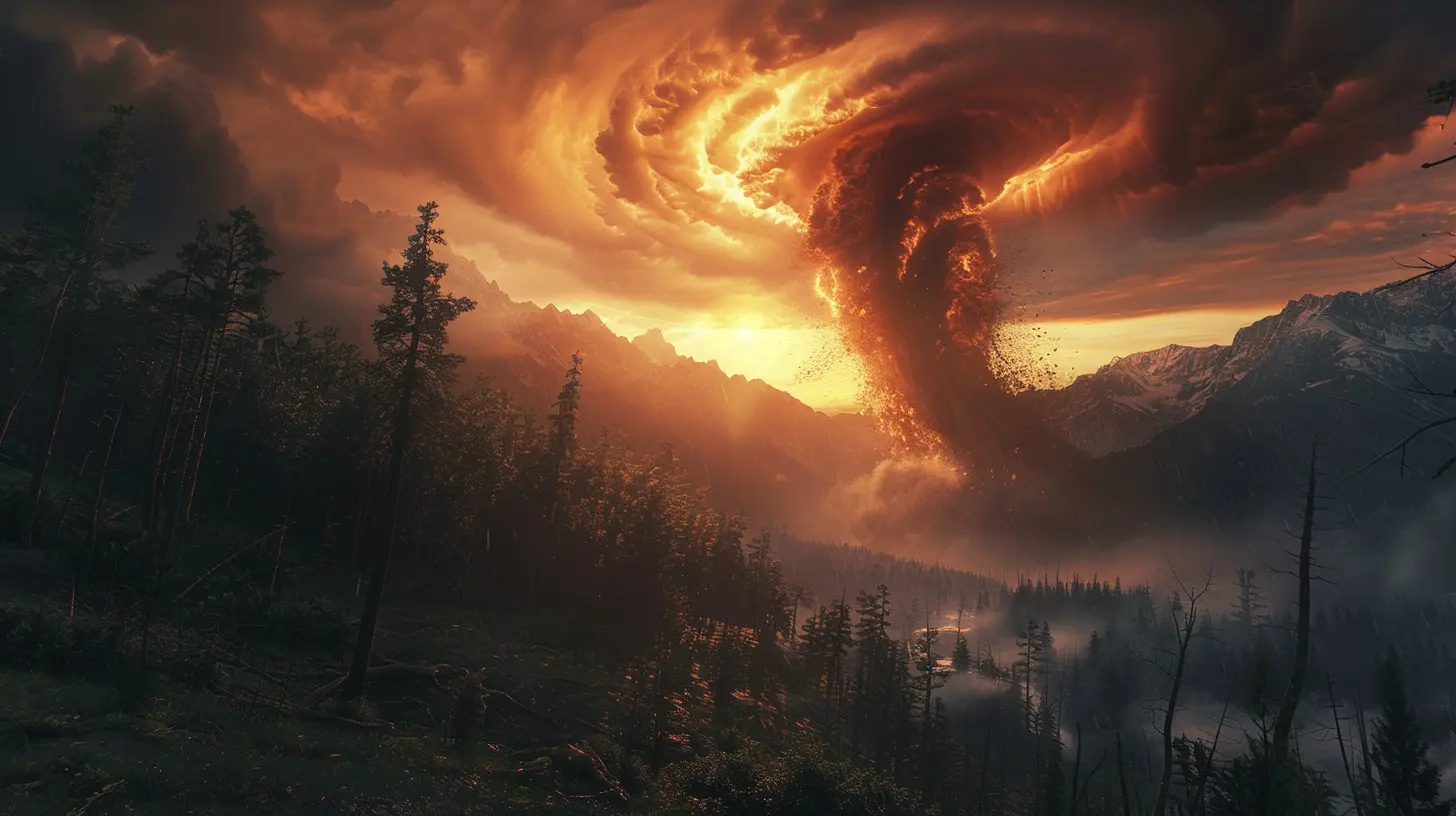
Why Are Disaster Simulators So Addictive?
Let’s face it: humans have this weird fascination with nature's wrath. Whether it’s watching storm-chaser videos, bingeing disaster movies, or, in this case, playing disaster simulation games, we can’t seem to look away. But why? It’s not like we actually want to experience a tsunami or a tornado.Here’s the thing: disaster simulators tap into our primal instincts. They let us experience high-stakes situations in a safe environment. It’s like skydiving in VR—not real, but enough to give you sweaty palms. Plus, these games often challenge you to think on your feet, adapt quickly, and make life-or-death decisions. And let’s be honest, that adrenaline rush can be pretty addictive.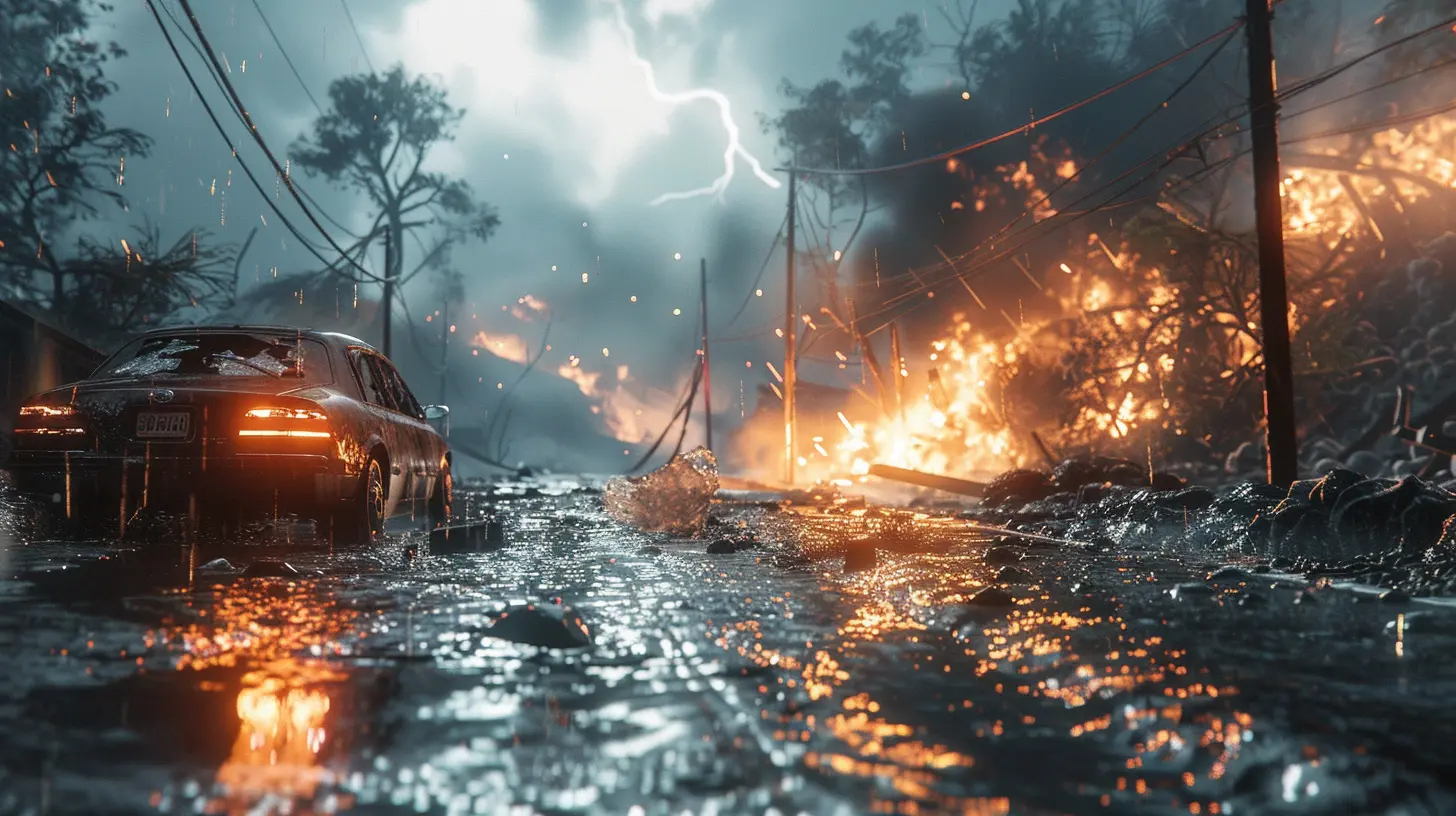
What Makes a Disaster Simulator Truly Immersive?
Not all disaster simulators hit the mark. Some feel downright cartoonish, while others pull you in so deep that you forget it’s just a game. But what sets the great ones apart?1. Realistic Physics and Graphics
A flood simulator without realistic water physics? Hard pass. The best games go out of their way to make disasters feel real. Whether it’s the way smoke curls from a forest fire or how buildings crumble during an earthquake, attention to detail matters.2. Dynamic Scenarios
No one wants to play the same disaster over and over again. The top simulators randomly generate scenarios or offer a variety of challenges to keep you on your toes. Maybe you’ll face a hurricane one minute, then deal with the aftermath of a volcanic eruption the next.3. Emotional Weight
Ever played a game that made your heart sink? That’s the mark of a great simulator. It’s not just about the visuals—it’s about the stakes. Who or what are you trying to save? Your family? A town? A planet? The emotional element adds depth to the gameplay.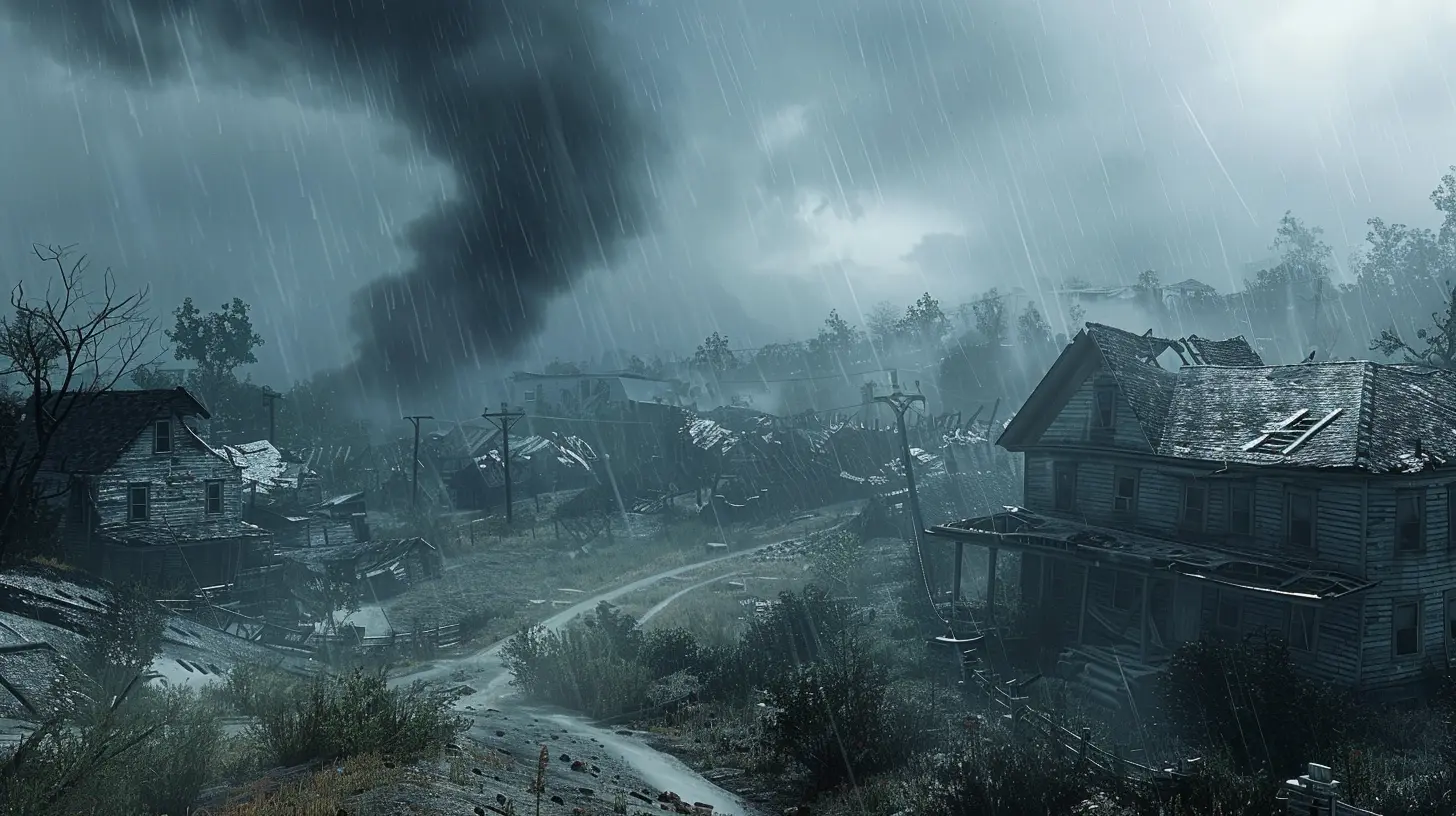
The Best Disaster Simulators You Need to Try
Now that we’ve laid down the basics, let’s get into the good stuff: the games. Whether you’re dealing with raging fires or turbulent seas, these simulators are designed to pull you into the chaos. Here are some of the most immersive disaster simulators that demand your attention.1. “Stormworks: Build and Rescue”
Imagine being the captain of a rescue team tasked with saving lives during extreme weather events. In “Stormworks: Build and Rescue,” you construct custom vehicles (think helicopters, boats, and more) to tackle various rescue missions. The combination of creative building and high-stakes scenarios makes this game a standout.The storms in this game? Brutal. Waves crash into your boat, visibility drops to zero, and your heart races as you try to complete your mission. It’s like “The Perfect Storm,” but you’re in control. The developers nailed the physics, so every gust of wind and rolling wave feels authentic.
2. “SimCity (Natural Disasters DLC)”
Okay, this one’s a classic with a twist. If you’ve ever played “SimCity,” you know it’s all about building the perfect metropolis. But what if an earthquake, tornado, or meteor strike suddenly wreaked havoc on your hard work? That’s where the “Natural Disasters” expansion comes in.Your city is your baby, and watching it get obliterated is both heartbreaking and exhilarating. What makes this game unique is the strategic element. It’s not just about surviving the disaster; it’s about rebuilding afterward. Can your city bounce back, or will the disaster leave it in ruins?
3. “Frostpunk”
“Frostpunk” takes disaster simulation to a whole new level. Rather than dealing with short-term catastrophes, you’re managing the fallout of a global ice age. Your job? Keep your city alive in extreme cold. That means managing resources, making tough ethical decisions, and dealing with increasingly desperate citizens.Let me just say this: “Frostpunk” is not for the faint of heart. The game forces you to make gut-wrenching choices—think deciding whether to enforce child labor to keep the city running. It’s not the kind of disaster simulator that gives you a break; it’ll have you stressed out (in the best way).
4. “Floodland”
This one hits a little close to home, given the rising concerns around climate change. “Floodland” is set in a world decimated by floods, and it’s your job to rebuild society. It’s part survival game, part city-builder, and fully gripping.The game makes you feel the weight of every decision. Do you allocate resources to build a new shelter or focus on purifying water for your people? It’s a constant balancing act, and the post-apocalyptic setting feels all too believable.
5. “Surviving Mars: Green Planet” Expansion
Okay, technically this one’s set on Mars, but hear me out. The “Green Planet” expansion for “Surviving Mars” turns colonizing the Red Planet into one of the most compelling disaster simulations out there. You’re dealing with dust storms, meteor strikes, and failing life-support systems. It’s like sci-fi meets survival.What makes it immersive is the sheer unpredictability of Martian weather. You can plan for it, sure—but nature (even alien nature) always has the upper hand. It’s a great option if you’re looking for something a little different.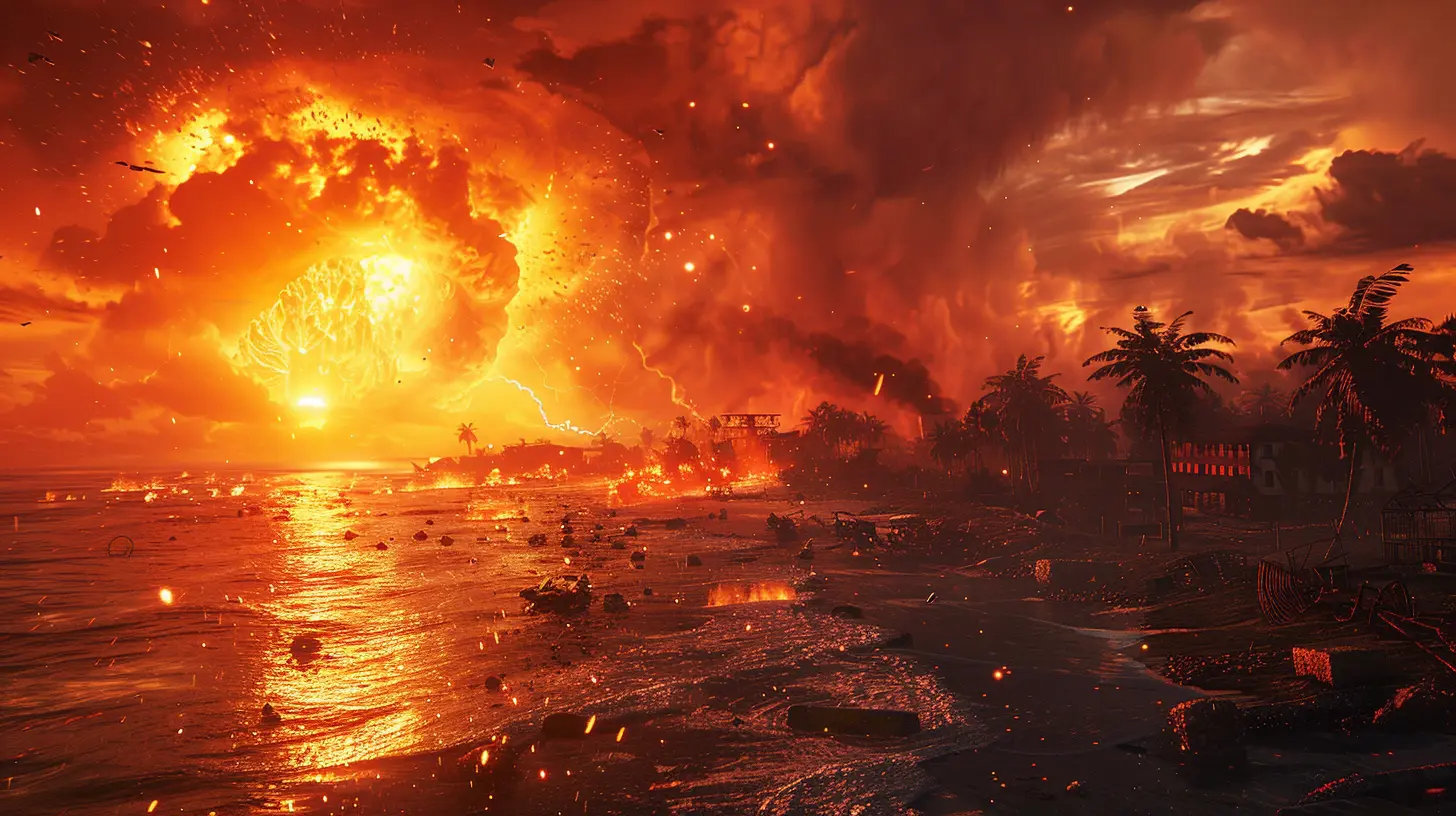
The Psychology of Playing Disaster Simulators
Playing these games isn’t just about entertainment—it’s also about self-discovery. Disaster simulators give you a chance to see how you’d react under pressure. Would you stay calm and think logically, or would you panic and make snap decisions?In a way, these simulators offer a weird form of self-improvement. They teach you to prioritize, manage limited resources, and remain level-headed when everything’s hitting the fan. Plus, they remind us of the power of nature—and how small we really are in the grand scheme of things.
Are Disaster Simulators Educational?
Absolutely. These games can teach you a lot more than you realize. For one, they offer insights into how disasters unfold and the challenges first responders or survivors face. Some games are even used for training purposes—like flight simulators for pilots, but for disaster management.For instance, if you’ve played “Stormworks,” you might have a better understanding of what rescue teams go through during hurricanes or shipwrecks. And while no game can fully replicate the real thing, they do an excellent job of raising awareness.
Final Thoughts: Why You Should Try a Disaster Simulator
At the end of the day, disaster simulators aren’t just about destruction—they’re about resilience. They’re about facing impossible odds and figuring out how to come out on the other side. And sure, they’re a blast to play (pun intended), but they also make you stop and think: How would I handle a real-life disaster?So if you’re looking for a gaming experience that’s intense, thought-provoking, and just a little bit terrifying, give one of these simulators a shot. Just be prepared—you might walk away with a newfound respect for nature’s raw power.

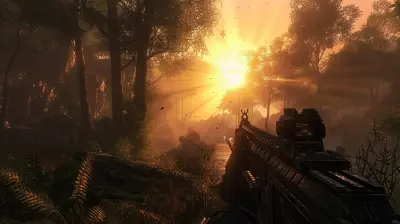






Fiona McDowell
This article sounds fascinating! I'm curious about how these disaster simulators balance realism with gameplay. Do they incorporate real-world data, and how do they ensure players feel both the thrill and the gravity of nature’s forces?
April 5, 2025 at 2:45 PM